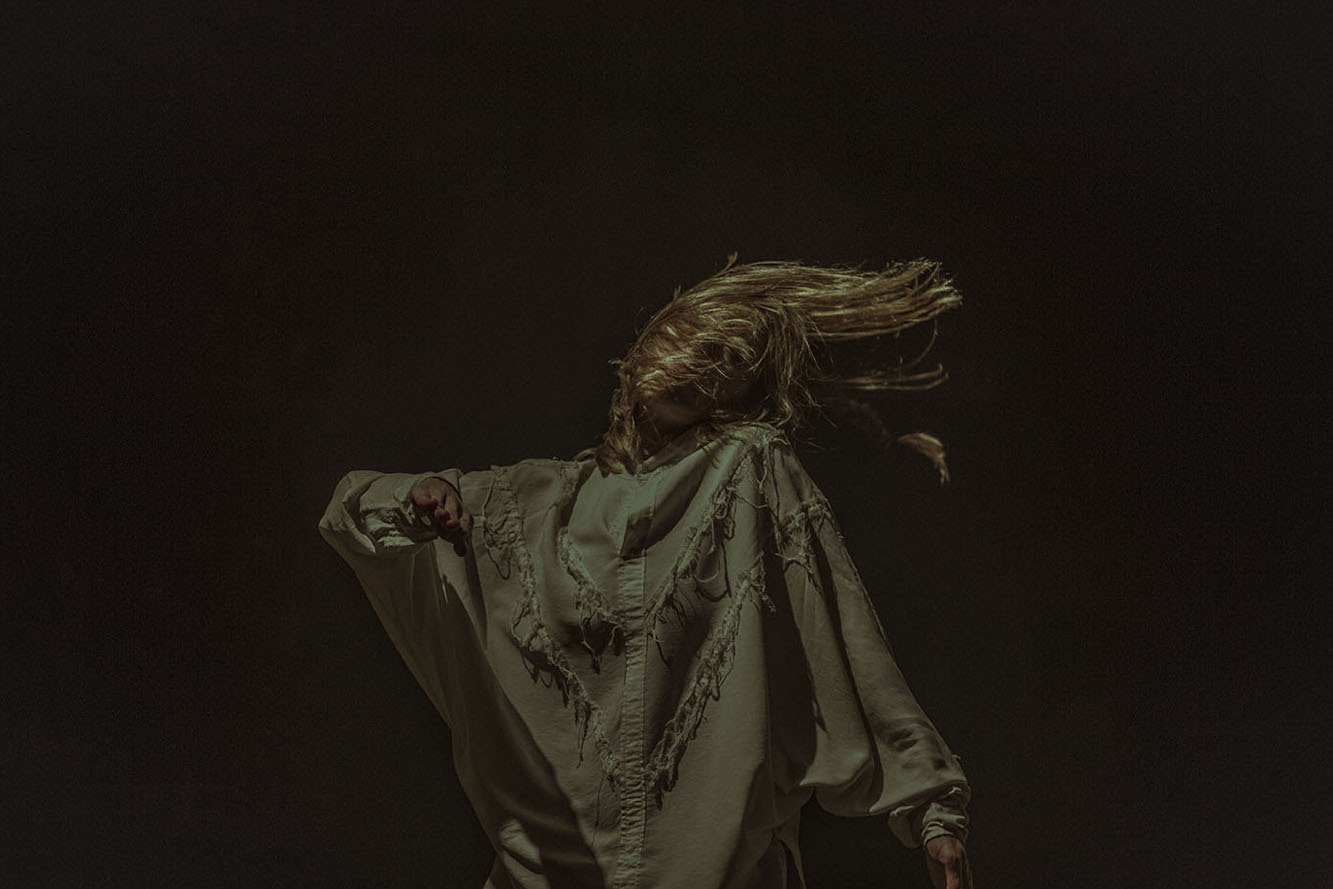On May 26th, 1828 a strange young man, who could barely stand up, appeared in a plaza in Nuremberg. He carried an anonymous letter which gave scarce, contradictory information regarding his background and leaving him in the hands of those who found him.
Kaspar Hauser was immediately taken in by the city and later the whole country as a sort of social, political, and philosophical experiment. After six weeks he could speak rather fluently, he could read and write. It be came clear, from the boy himself, that he had lived up until that point in a cell, he slept on a straw mat, he heard no sounds, but there was a wooden horse there that he could play with. The brought him food at night (bread and water, occasionally with an opioid dressing). He told how a few days after gaining his freedom “the man who always accompanied him” showed him how to write his name and to speak the sentences that he repeated when he was found ( “A cavalryman like my father, I want to be” and “horse, horse”). Until that moment he had never seen a human being before.













